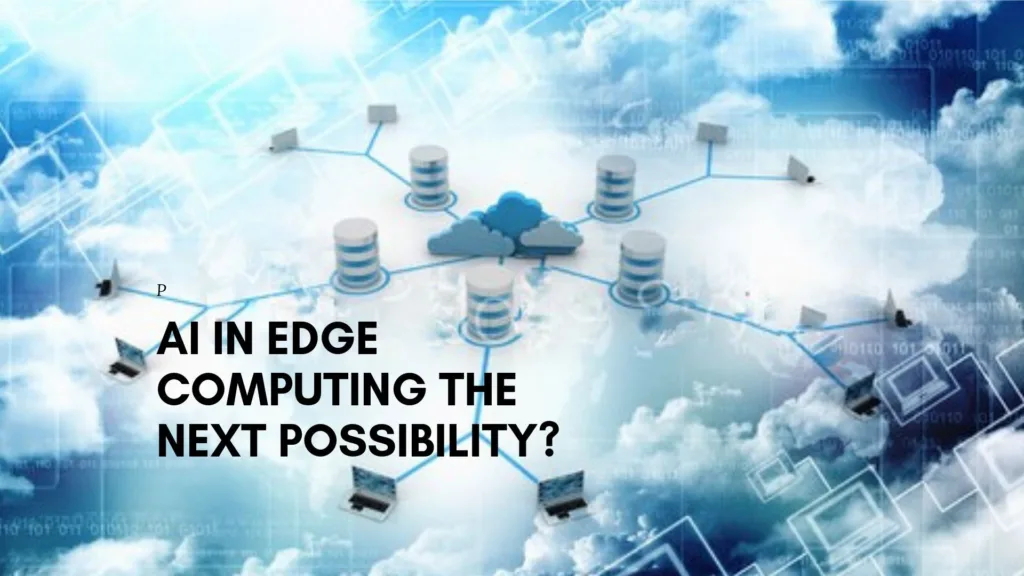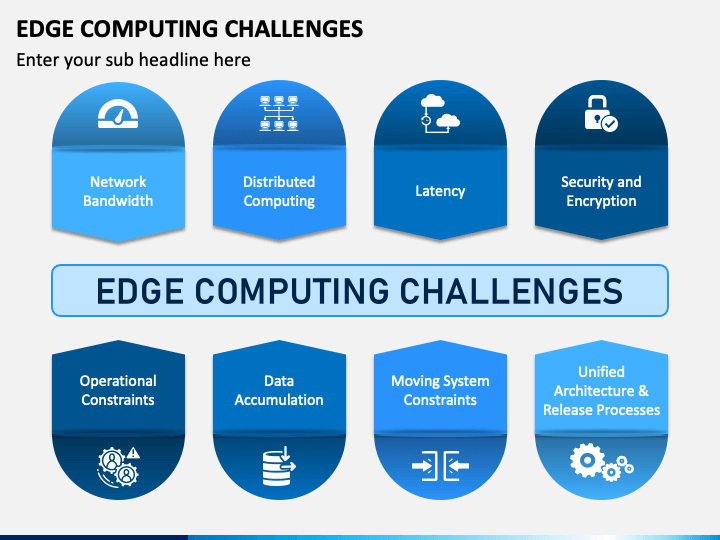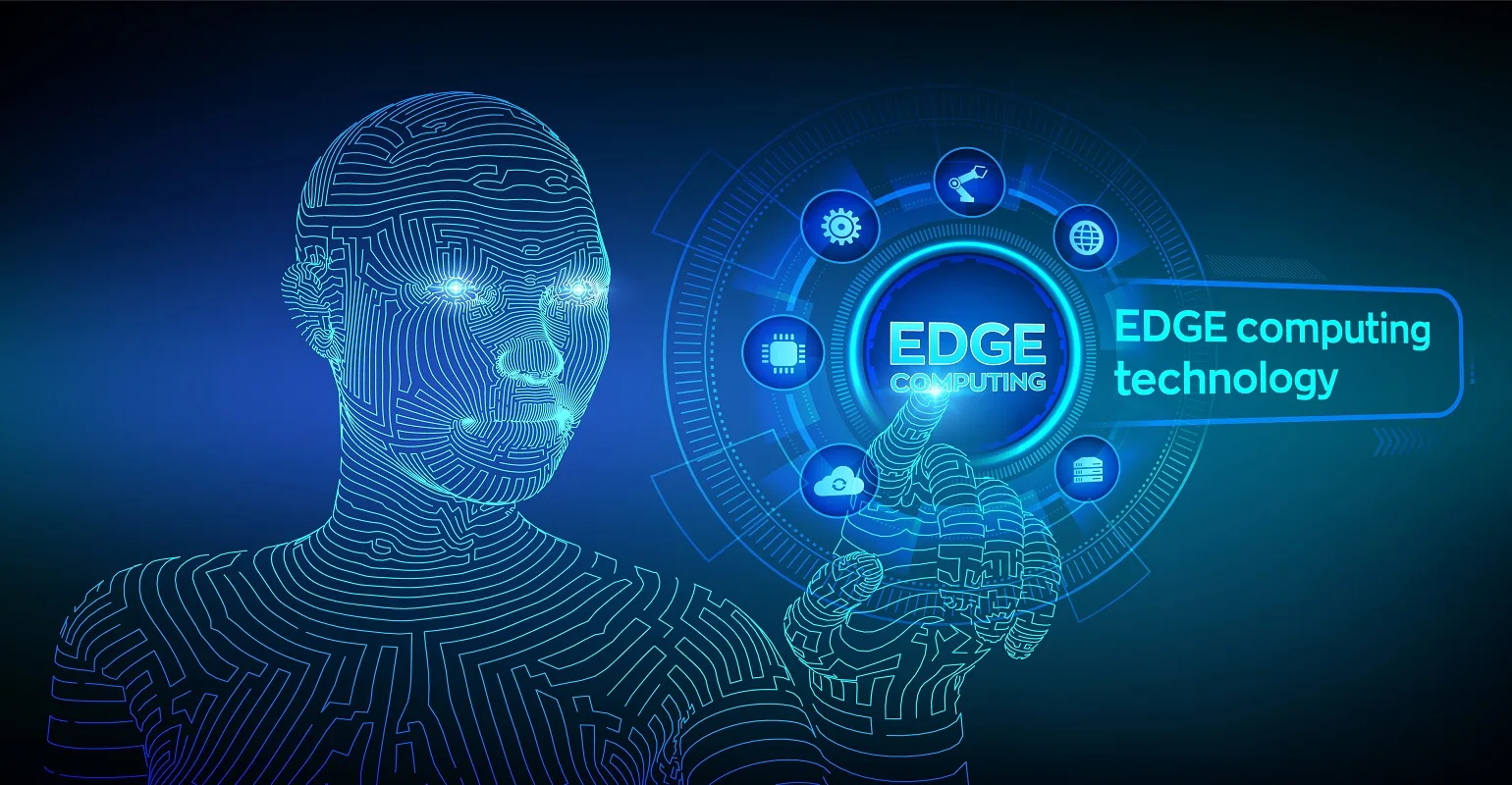Artificial Intelligence / AI / AI and Edge Computing / AI Edge Computing
Table of Contents
Introduction

The seamless integration of Artificial Intelligence (AI) with Edge Computing has emerged as a transformative combination, reshaping the way we process and leverage data. In recent times, the rapid growth of connected devices has led to a massive influx of data, necessitating efficient data processing at the edge of networks. The fusion of AI and Edge Computing has provided a groundbreaking solution, enabling real-time data analysis and decision-making capabilities essential for applications such as autonomous vehicles and industrial IoT (Internet of Things). This article delves into the exciting synergy between AI and Edge Computing and its impact on crucial industries.
Understanding Edge Computing

Edge Computing involves processing data closer to its source, typically at the edge of the network, rather than relying solely on centralized cloud infrastructure. This approach significantly reduces data latency and conserves bandwidth, leading to quicker response times and improved overall system performance. With the proliferation of IoT devices and connected systems, traditional cloud-centric architectures have become inadequate in handling the immense volume of data generated at the edge.
The Emergence of AI in Edge Computing

Artificial Intelligence, particularly machine learning algorithms, possesses exceptional abilities in processing and interpreting vast amounts of data. By integrating AI with edge computing devices, these devices gain the ability to analyze data locally, facilitating real-time decision-making without the constant need for communication with a remote cloud or centralized data center. This capability proves crucial in scenarios where low latency and immediate responses are paramount, such as in autonomous vehicles and industrial IoT applications.
Benefits of AI and Edge Computing Integration

- Low Latency: Real-time data processing at the edge significantly reduces latency, ensuring timely responses to critical events. In autonomous vehicles, this capability is of utmost importance, as instantaneous decisions can prevent potential accidents.
- Bandwidth Optimization: Local data processing minimizes the need for constant data transmission to the cloud, leading to reduced bandwidth consumption and associated costs.
- Enhanced Security and Privacy: Data processed at the edge remains closer to its source, improving security and lowering the risk of data breaches during transit to remote servers.
- Improved Reliability: Edge devices with integrated AI can continue to function even in scenarios with limited or lost internet connectivity, ensuring uninterrupted operations.
- Scalability: Distributed edge computing architecture can easily scale to accommodate increasing numbers of connected devices and data sources.
AI and Edge Computing in Autonomous Vehicles

The integration of AI with edge computing is revolutionizing the development of Autonomous vehicles. These vehicles generate vast amounts of sensor data from cameras, LiDAR, radar, and other sensors. Processing this data in real-time is essential for accurate perception and decision-making.
With AI running on edge devices within the vehicle, critical decisions such as collision avoidance, lane changes, and pedestrian detection can be made instantly. This reduces dependence on cloud connectivity, minimizing delays in data transmission and enabling the vehicle to respond swiftly to its surroundings. Additionally, local processing enhances data privacy, as sensitive information remains within the vehicle.
AI and Edge Computing in Industrial IoT

In the Industrial IoT domain, the integration of AI with edge computing offers tremendous advantages. Manufacturing facilities, for instance, have numerous sensors and machines generating vast amounts of data. With AI at the edge, manufacturers can perform real-time predictive maintenance, monitor equipment health, and address potential issues before they lead to significant downtime.
Moreover, AI-powered edge devices enable local analytics that optimize production processes, reduce energy consumption, and enhance overall efficiency. The ability to process data locally also becomes crucial in environments with unreliable internet connectivity or where sensitive data cannot be transmitted to external servers due to regulatory or security reasons.
Challenges and Future Directions

Despite the significant advantages, the integration of AI with edge computing is not without challenges. Properly managing edge devices, handling data synchronization, and maintaining data consistency across distributed systems are among the primary hurdles that need to be addressed.
As AI models continue to grow in complexity and size, optimizing their deployment on resource-constrained edge devices becomes crucial. Researchers and developers are continually working on model compression techniques and hardware acceleration methods to make AI applications more feasible at the edge.
Intersection of AI and Edge Computing: Advancing the Future

As the integration of AI with Edge Computing continues to gain momentum, it holds the potential to shape the future of various industries and redefine technological capabilities. Let’s explore some of the key advancements and future directions of this powerful combination:
- Edge AI Hardware Advancements: To fully unlock the potential of AI at the edge, there is a need for specialized hardware that can efficiently run AI algorithms on resource-constrained devices. Hardware manufacturers are investing heavily in the development of AI-enabled processors, accelerators, and dedicated edge computing devices. These advancements will not only enhance the performance of AI algorithms but also reduce power consumption, making edge devices more energy-efficient and viable for diverse applications.
- Edge AI Model Optimization: As AI models become increasingly complex, optimizing them for deployment on edge devices becomes paramount. Model compression techniques, quantization, and knowledge distillation are some of the methods employed to reduce the model size while preserving its performance. Further advancements in AI model optimization will enable more sophisticated AI applications at the edge without compromising on efficiency.
- Decentralized AI: The integration of AI with edge computing enables decentralized decision-making, distributing AI processing across multiple devices rather than relying on a centralized server. This decentralized approach provides greater robustness and fault tolerance, as edge devices can continue to function even if a few nodes go offline. The concept of Federated Learning, where AI models are trained locally on individual devices and their knowledge is shared globally, exemplifies the potential of decentralized AI.
- Cross-Industry Impact: While autonomous vehicles and industrial IoT have been at the forefront of AI and edge computing integration, the impact reaches far beyond these sectors. Various domains, such as healthcare, retail, smart cities, agriculture, and logistics, can benefit from real-time data processing and AI-driven decision-making at the edge. The ability to make instant, context-aware decisions holds the potential to revolutionize numerous industries and improve overall efficiency.
- AI-Driven Real-Time Analytics: The integration of AI with edge computing allows businesses to derive valuable insights from data as it is generated. By processing data locally, businesses can perform real-time analytics and respond to emerging patterns or trends immediately. This ability to gain actionable insights in real-time enables proactive decision-making and enhanced competitiveness in the market.
AI and Edge Computing key facts
- AI and Edge Computing integration: Empowering real-time data processing.
- Edge devices + AI: Fueling rapid decision-making capabilities.
- Autonomous vehicles benefit: AI-driven edge computing for safer roads.
- Industrial IoT revolution: AI and Edge collaboration driving efficiency.
- Instant Insights: AI is at the edge enabling quick data analysis.
- Edge computing’s edge: Seamless AI integration for unparalleled performance.
- On-the-fly decisions: AI-powered edge devices making smart choices.
- Data latency no longer: AI and Edge team up for lightning-fast processing.
- Smart factories thrive: AI and Edge Computing optimizing industrial processes.
- Edge AI’s crucial role: Transforming the future of technology.
Conclusion
The integration of AI with Edge Computing represents a groundbreaking paradigm shift in how data is processed, analyzed, and acted upon. This powerful combination is unleashing a new era of real-time data processing and decision-making, transforming critical industries like autonomous vehicles and industrial IoT. As AI and edge computing technologies advance further, we can expect to witness a broader impact across various domains, revolutionizing industries and paving the way for a smarter and more connected future.
Read More: Artificial Intelligence / AI / AI and Edge Computing / AI Edge Computing


































